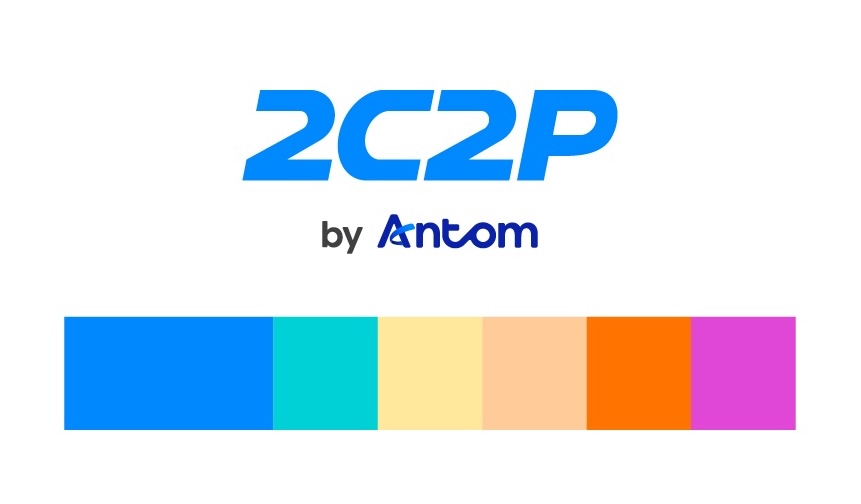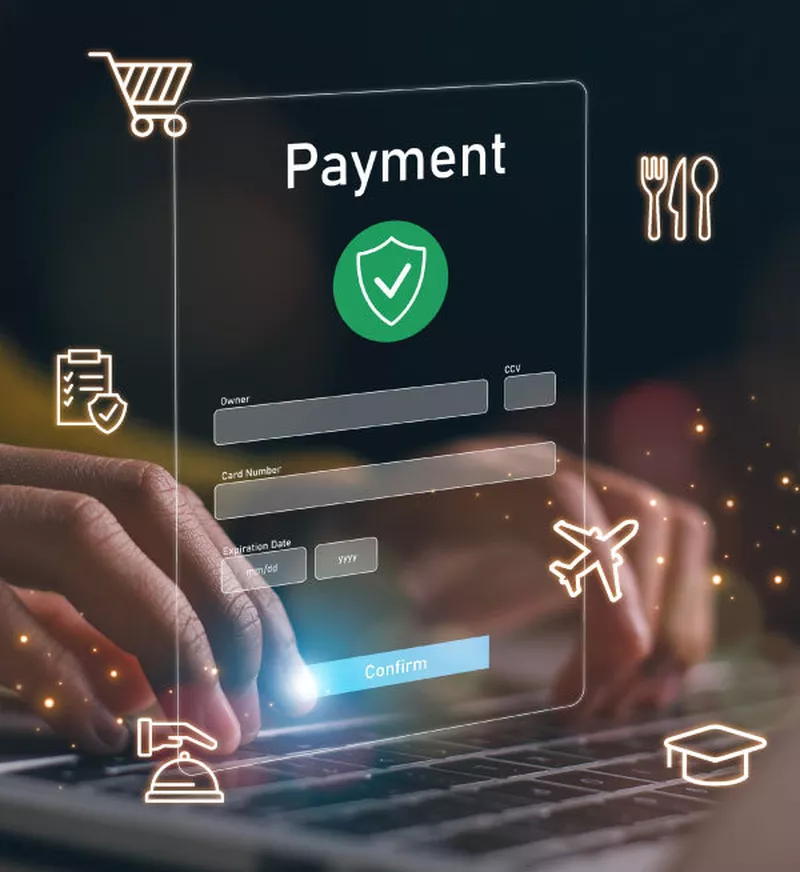Solutions
About Us
Resources
Solutions
Securely accept, manage, and make payments through one point of integration
Industries
Our variety of payment solutions meets the needs of businesses from every sector.
Markets
Retail
Click and pay. your way
Hospitality
Click and pay. your way
Insurance
Click and pay. your way
F&B
Click and pay. your way
eCommerce & Marketplaces
Click and pay. your way
Airlines
Be the pilot of your airline's payment system
case-studies">
Case Studies
About Us
We are a full-suite payments platform serving businesses of all sizes across Southeast Asia
Resources
Learn more about payments and how to work with our platform
Case Studies
Browse success stories across various industries
Reports
Download our latest reports
Articles
Get insights and in-depth analysis on everything payments
eBook
Decode SEA payments in our latest eBook
Developers Portal
Learn how to integrate with our platform
Podcasts
Hear from industry experts in our editorial interview series
Solutions
Securely accept, manage, and make payments through one point of integration

Industries
Our variety of payment solutions meets the needs of businesses from every sector.

About Us
We are a full-suite payments platform serving businesses of all sizes across Southeast Asia

Resources
Learn more about payments and how to work with our platform

Log In

Singapore


 Login
Login







